Based on a dialect of the AIA Virginia Society Design Forum VII, Geoff Lewis, AIA, LEED AP reflects on the ideas of classical vs. modern architecture. This design dialectic investigates the creative tension between Tradition and Vision.
In Classicism, invention is the goal. Invention comes from within an established Tradition. History is seen as a design tool, not something that has already been done. Some believe it is more difficult to be a traditionalist, because you need to know the language within which to invent.
Classicism pursues Zeitlos: Concerned with Taste and Beauty; designing for the ages.
[one_third]

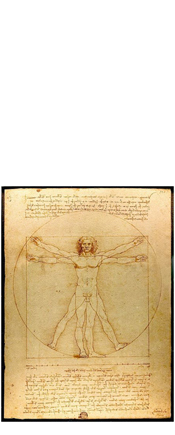
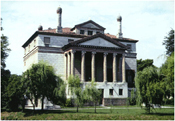
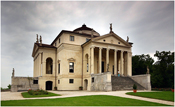
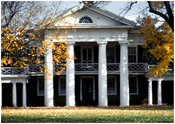
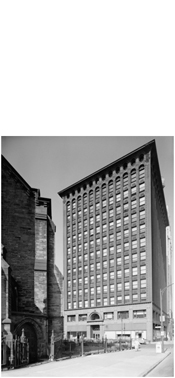
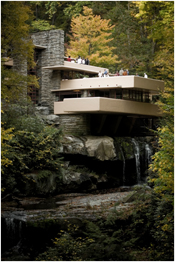

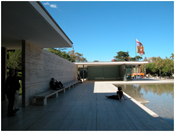
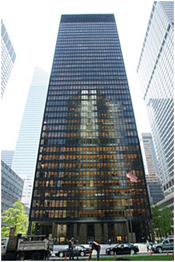
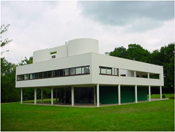

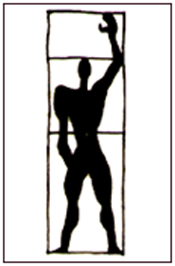
[/one_third]
[two_thirds_last]
Foundational thinkers:Plato taught us Rational thought – (Ratio=Proportion). The system of proportion, including the golden section, is a universal music-mathematics based system apart from things. (Rhythm, Harmony, etc.)Aristotle taught us the universality of things: First we perceive, then we can know.
Vitruvius – the designer of the Pantheon: A structure must have Firmness, Commodity, and DelightThomas Aquinas – an Italian priest/philosopher: That is beautiful, the apprehension of which pleases.Thomas Aquinas (1225 CE): Italian priest/philosopher
That is beautiful, the apprehension of which pleases.
Three things are needed for beauty: Wholeness, Harmony, and Radiance
Our ability to perceive and apprehend is important in order for the mind to enjoy. Without tradition, our apprehension is incomplete and confused – the language is unknown, therefore the meaning is unclear.
During the High Middle Ages, Aquinas developed a view that theology can be based on reason and ordinary experience. This illuminated the later path of Humanism, pursued in the Italian Renaissance.
Leonardo da Vinci (1440 CE): Polymath of the Italian Renaissance. His respect for Vitruvius helped him formulate the Canon of Proportion, or “Vitruvian Man”, based on human scale.
Andrea Palladio (1508 CE): Italian Architect Studied ancient buildings in Rome 1554. Pursued Well Building.
Thomas Jefferson (1743 CE): A polymath for the new world, Jefferson promoted Neoclassicism, and enjoyed Palladian architectural styles for their capacity for invention, and their historical references to the ideals of a democratic state.
In Modernism, creation is the goal. Modern design sought to sever from tradition. Its initial ideas were born of frustration with old ideas that represented a failure in dealing with the squalor and inequities that caused, and outlasted, the world wars in Europe. New manufacturing processes and materials brought a new aesthetic and appreciation for new ideas. Modernism deals well with the idiosyncratic. It is Organic, in that it can belong to the environment in which it’s placed.
Modernism pursues Zeitgeist: Concerned with expressing the “spirit of the age”; Style.
International Style: The ideals of the style are commonly summed up in four slogans: Ornament is a crime, Truth to Materials, Form Follows Function, and Machines for Living.
Foundational thinkers:
Louis Sullivan (1856 CE)
Form Follows Function
Frank Lloyd Wright(1867 CE): Organic architecture and open plan
Walter Gropius (1883 CE): One of the pioneers of Modernism, and the International Style. Also the founder of the Bauhaus.
Mies van der Rohe (1886 CE): One of the pioneers of Modernism, and the International Style. Less is More
Le Corbusier (1887 CE): Another one of the pioneers of Modernism. Updated the Vitruvian Man in his “Le Modulor”, a highly developed system of proporation and measurement based on the size and shape of the human body. Machines for Living.
The resolution of the dilemma posed by the sometines polarizing debate of Classical versus Modern ultimately is a personal one, illustrated by the work of Colin Rowe (1920-1999), architectural historian and theoretician.
Rowe may be best known for “The Mathematics of the Ideal Villa”, first published in 1947, in which he compared Palladio’s Villa Malcontenta with Corbusier’s Villa Stein at Garches. He sought to make international modern architecture acceptable by investing it with a historical legitimacy, rather as Pevsner claimed Voysey as a precursor of the Bauhaus.
But Rowe came to regret his support of Modernism so that, in 1998, he confessed that he found looking at Renaissance buildings ‘gratifying and refreshing, as the spectacle of Modern Architecture becomes more depressing’.
[/two_thirds_last]
Written by: Geoff Lewis, AIA, LEED AP – Director at DBI’s Reston Office.
